The world of big cats is as fascinating as it is complex. These majestic creatures, from the powerful tiger to the sleek cheetah, have long captured the imagination of humans. However, as human populations grow and expand, these magnificent animals face increasing pressures on their natural habitats. Human encroachment, whether through urban development, agriculture, or deforestation, has led to a significant reduction in the spaces where these big cats can live, hunt, and thrive. This article delves into the intricate ways in which big cats react to these challenges, providing insights for all cat enthusiasts who wish to understand the delicate balance between human progress and wildlife preservation.
The Silent Stalkers: How Tigers Adapt
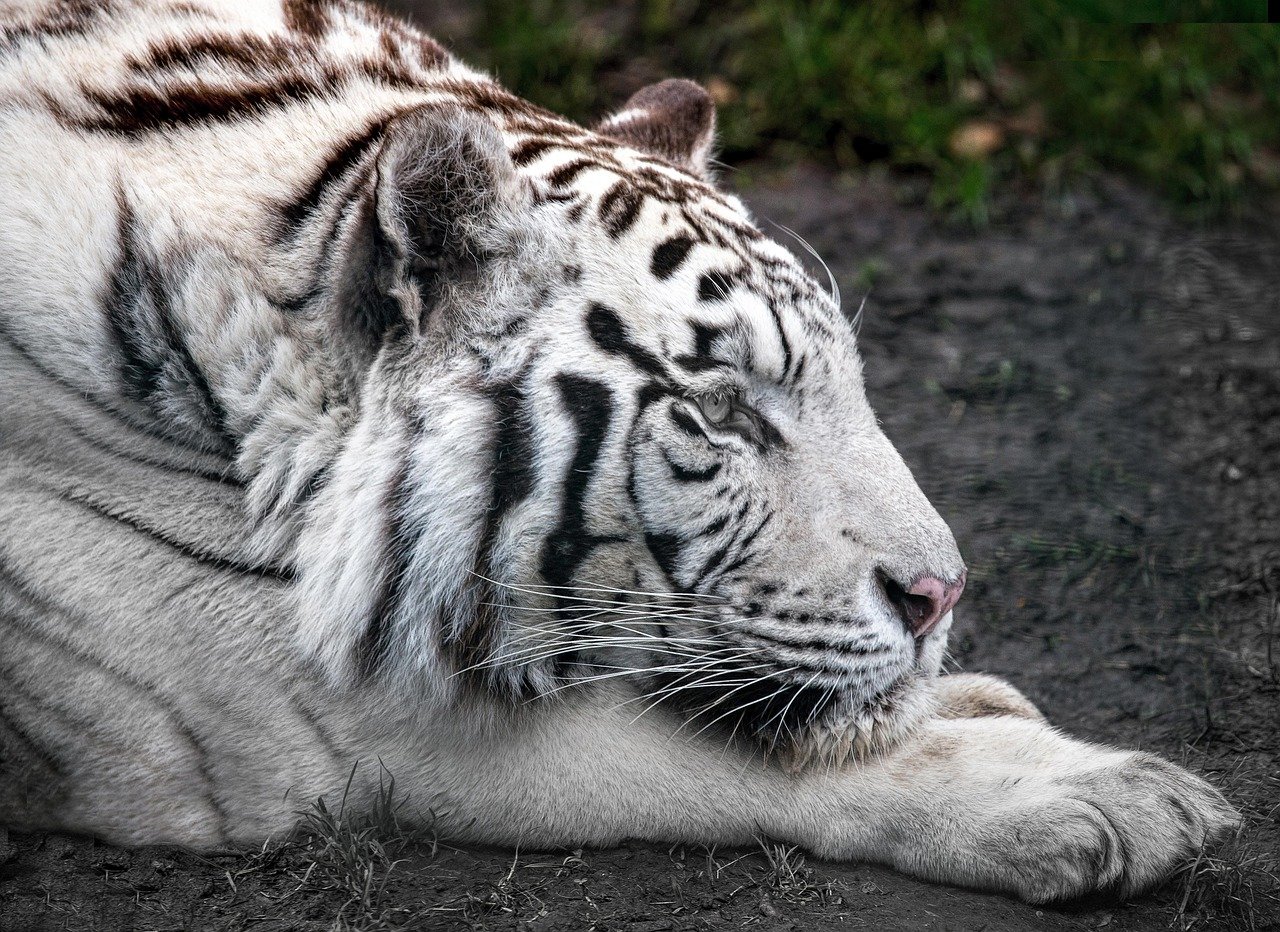
Tigers are known for their solitary and elusive nature. As humans encroach on their territories, these big cats have had to adapt in surprising ways. In some areas, tigers have begun to shift their active hours to nighttime to avoid human encounters. This nocturnal behavior allows them to continue hunting without the threat of human interference. Additionally, tigers have been observed moving closer to human settlements, utilizing the edges of forests and even agricultural lands to find prey. It’s a delicate dance of survival, as they navigate the fine line between their natural instincts and the need to avoid conflict with humans.
Lions and the Shrinking Savanna
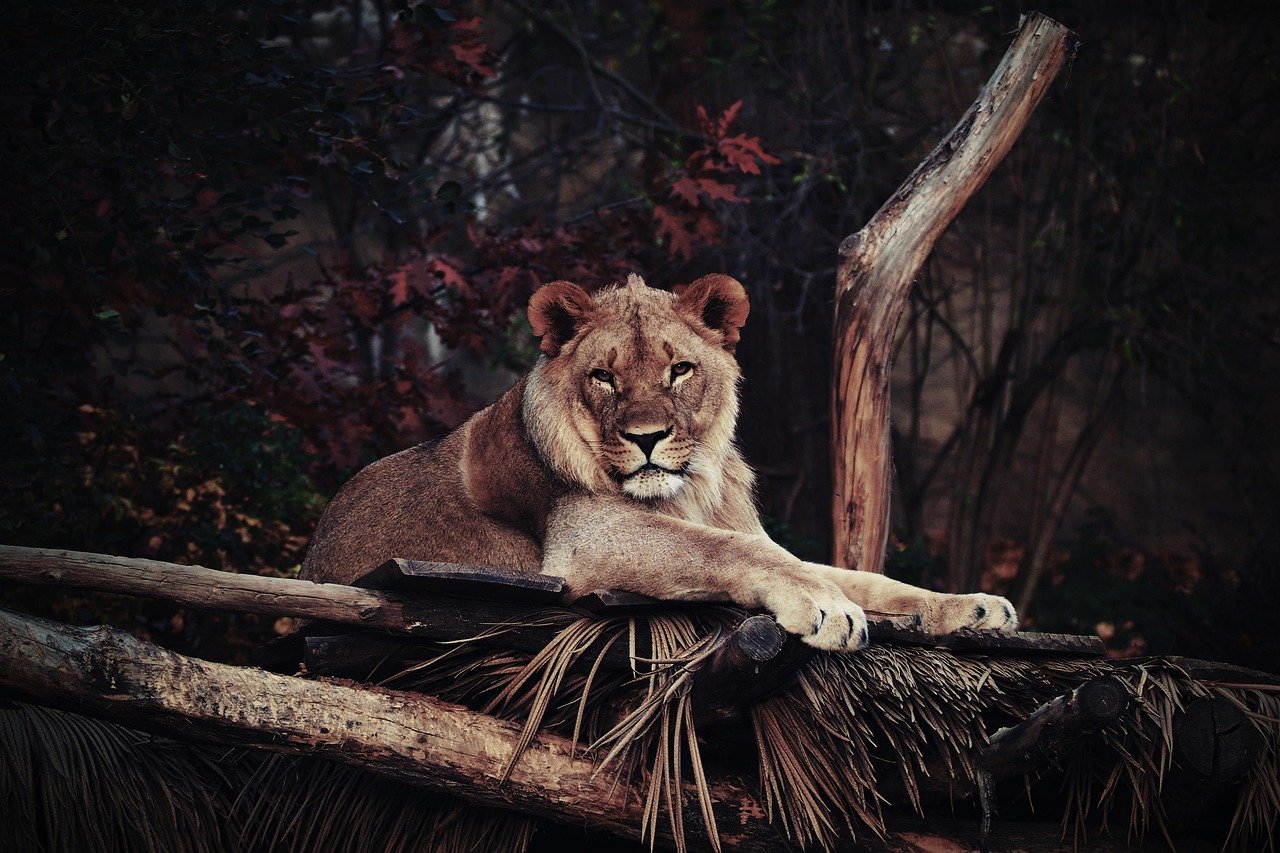
The vast savannas of Africa, once teeming with wildlife, are rapidly shrinking due to human activities. Lions, the iconic kings of these grasslands, find themselves with less space to roam and hunt. In response, lions have been forming larger prides, pooling their resources and strength to better compete for limited prey. This social adaptation highlights their resilience and ability to thrive in changing environments. Moreover, some prides have been spotted closer to villages, occasionally preying on livestock, which can lead to conflicts with local communities. This behavior underscores the critical need for coexistence strategies between humans and lions.
The Elusive Leopards in Urban Jungles

Leopards are incredibly adaptable and have shown a remarkable ability to thrive even in urban settings. As cities expand into their territories, leopards have been observed living on the fringes, utilizing green belts and undeveloped areas for hunting. Their stealth and adaptability allow them to coexist with humans, often going unnoticed. However, this proximity can lead to dangerous encounters, especially when leopards venture into residential areas in search of food. Conservationists emphasize the importance of creating wildlife corridors and educating communities to ensure these encounters remain rare and non-lethal.
Cheetahs on the Edge: The Race Against Habitat Loss
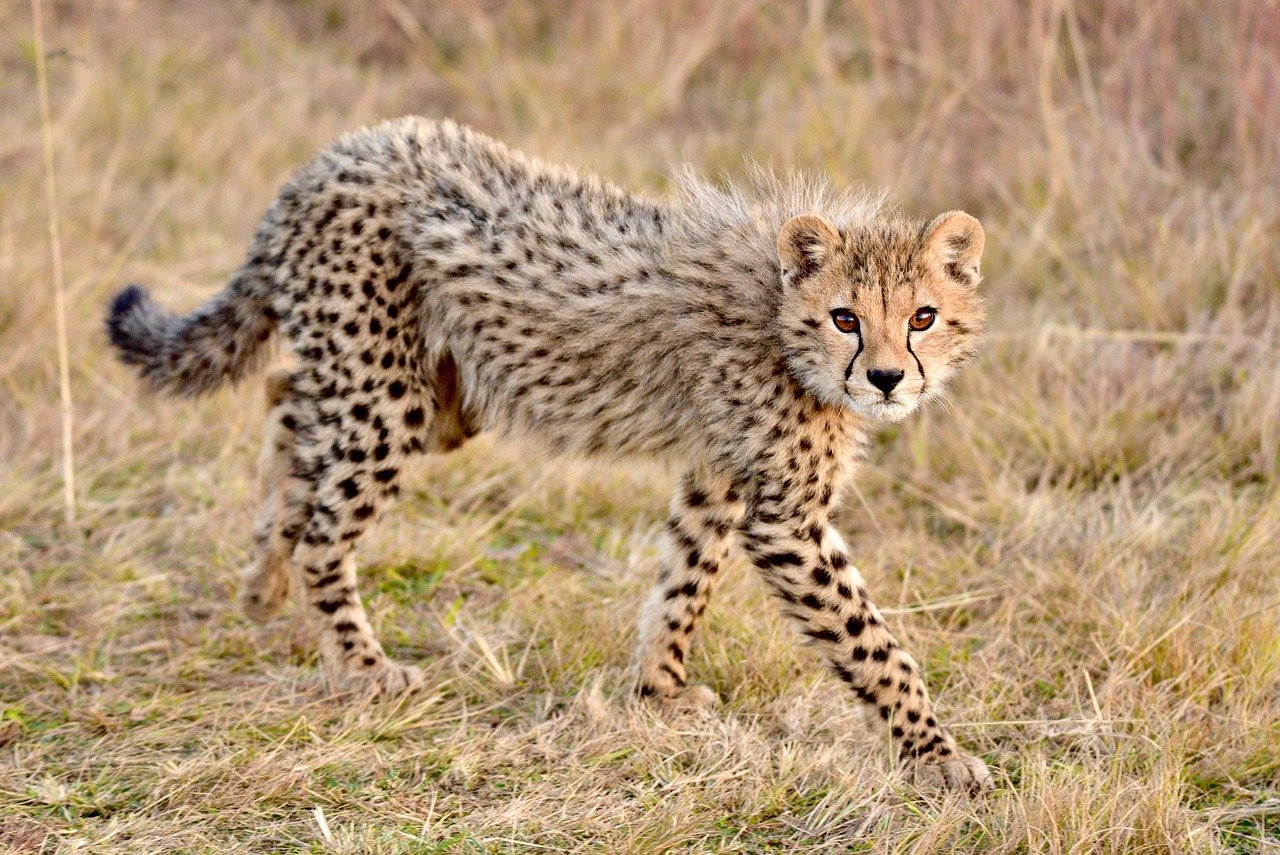
Cheetahs, the fastest land animals, are facing a race against time as their habitats continue to diminish. Unlike other big cats, cheetahs require vast open spaces to reach their top speeds and successfully hunt. Human encroachment has fragmented these spaces, making it increasingly difficult for cheetahs to find suitable areas for hunting and raising their young. In response, conservationists have been working tirelessly to establish protected areas and corridors that allow cheetahs to move freely and safely. These efforts are crucial, as cheetahs’ unique needs make them particularly vulnerable to habitat loss.
Jaguars: Guardians of the Rainforest
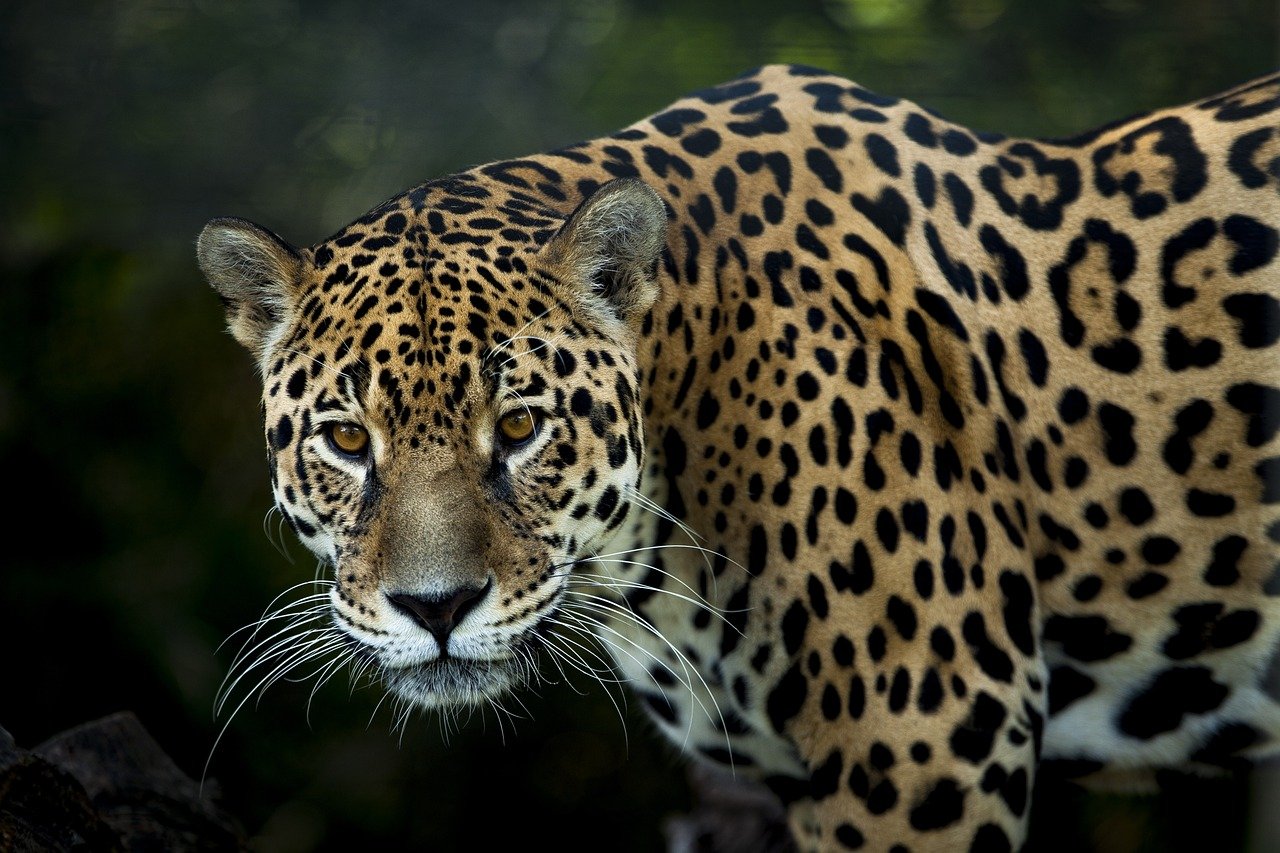
The dense rainforests of South America are home to the powerful jaguar, a symbol of strength and mystery. However, deforestation and agricultural expansion have severely threatened their habitat. Jaguars are known for their adaptability, often utilizing a wide range of environments, from dense forests to open grasslands. In areas where human encroachment is prevalent, jaguars have been observed altering their movements and hunting strategies, often targeting livestock as a food source. This behavior highlights the urgent need for sustainable land-use practices that prioritize both human needs and wildlife conservation.
Pumas: The Ghosts of the Mountains
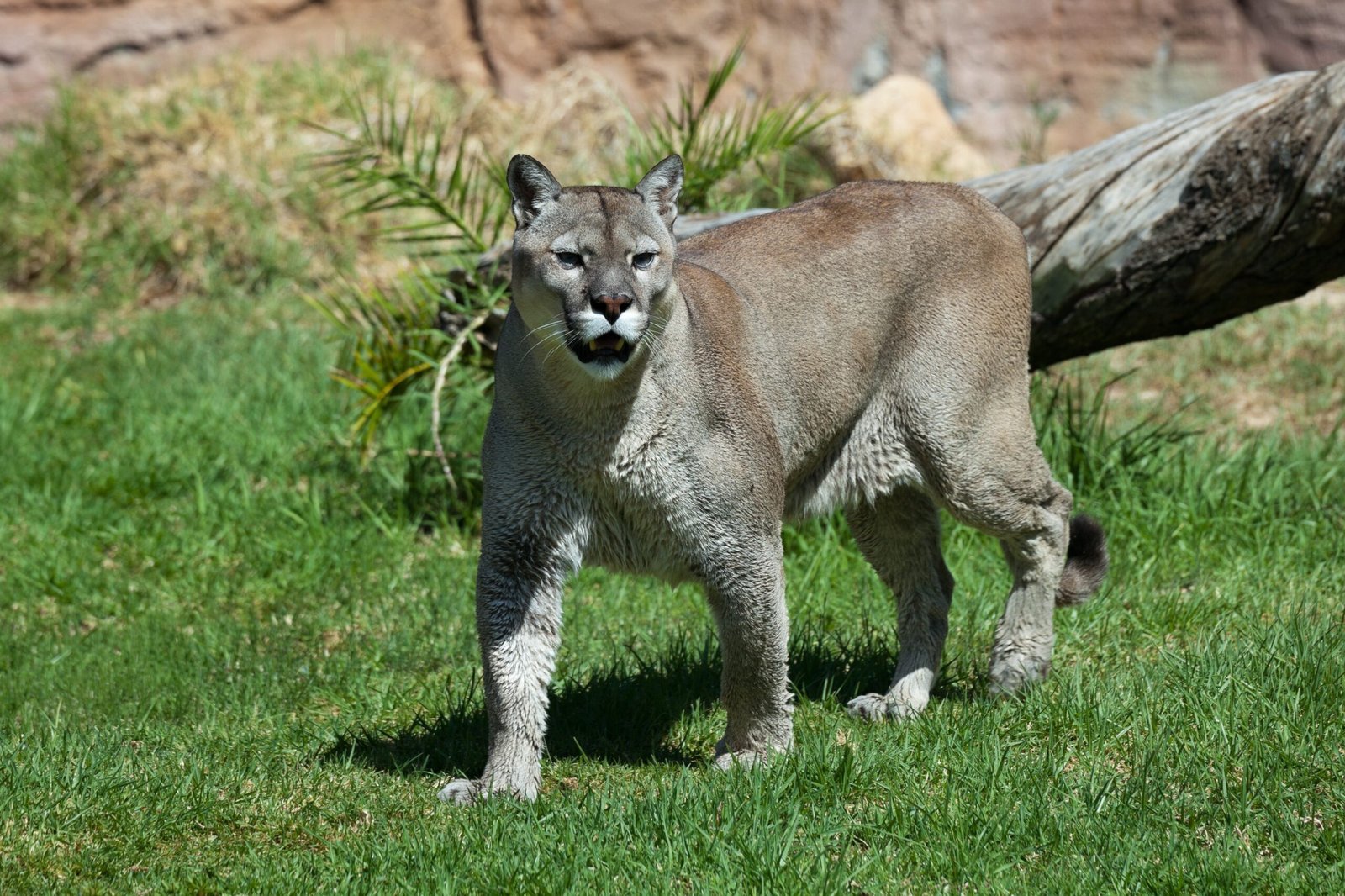
Pumas, also known as cougars or mountain lions, are incredibly versatile big cats, inhabiting a wide range of environments across the Americas. As humans push further into mountainous regions, pumas have adapted by becoming more reclusive and altering their hunting patterns. They now often hunt at dawn or dusk, times when human activity is minimal. This shift in behavior helps them avoid potential conflicts with humans while still maintaining their role as apex predators. Conservation efforts focus on preserving natural corridors that allow pumas to move freely between habitats, ensuring their continued survival.
Snow Leopards: Surviving the High Altitudes
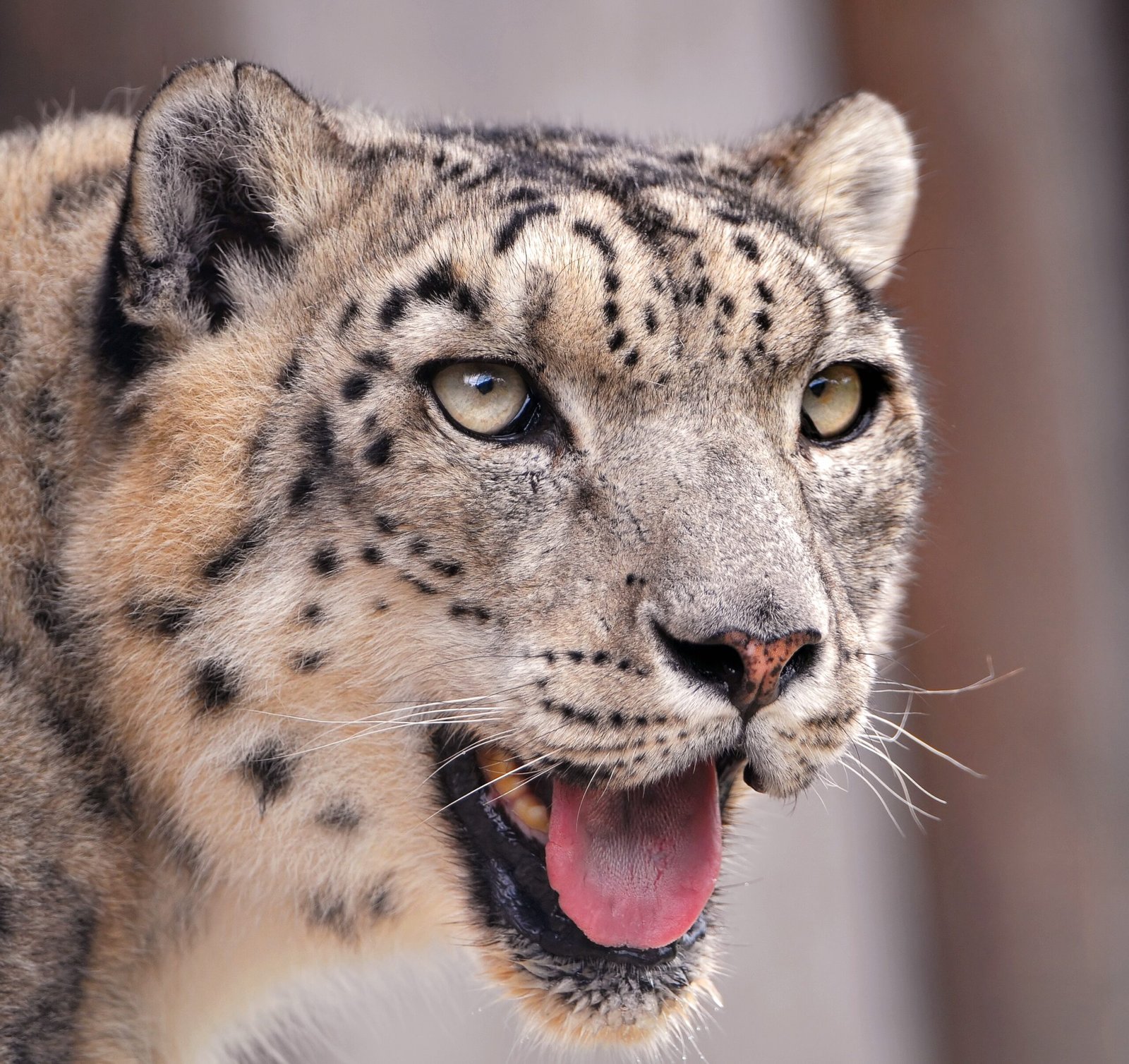
Snow leopards are masters of the high-altitude environments of Central Asia. However, even these remote areas are not immune to human encroachment. Mining, infrastructure development, and livestock grazing have increasingly threatened their habitats. In response, snow leopards have shown remarkable resilience, often venturing into higher altitudes where human presence is minimal. Conservationists are working to mitigate human-wildlife conflicts by promoting community-based conservation programs, which encourage local populations to protect these elusive cats in exchange for sustainable development opportunities.
The Role of Conservationists in Safeguarding Habitats
Conservationists play a vital role in mitigating the effects of human encroachment on big cat habitats. Through research, advocacy, and community engagement, they work tirelessly to protect these majestic creatures. Initiatives such as establishing protected areas, promoting wildlife corridors, and implementing anti-poaching measures are just a few ways conservationists are making a difference. Their efforts are essential in ensuring that big cats have the space and resources they need to thrive, highlighting the importance of global cooperation in wildlife conservation.
The Impact of Climate Change on Big Cat Habitats

Climate change is an additional pressure on big cat habitats, exacerbating the effects of human encroachment. As temperatures rise and weather patterns shift, the availability of prey and water sources is affected, forcing big cats to adapt or relocate. This further complicates their survival, as they must navigate both environmental changes and human developments. Conservationists emphasize the need for integrated approaches that address both climate change and habitat protection, ensuring a sustainable future for big cats and the ecosystems they inhabit.
Human-Big Cat Conflicts: Challenges and Solutions

Conflicts between humans and big cats are an unfortunate reality in areas where their habitats overlap. Livestock predation, property damage, and even human fatalities can occur, leading to tensions between local communities and wildlife. Solutions to these conflicts require a multifaceted approach, including community education, compensation schemes for livestock losses, and the development of non-lethal deterrents. By fostering coexistence and understanding, these efforts aim to reduce conflicts and promote harmonious living between humans and big cats.
Technological Innovations in Big Cat Conservation
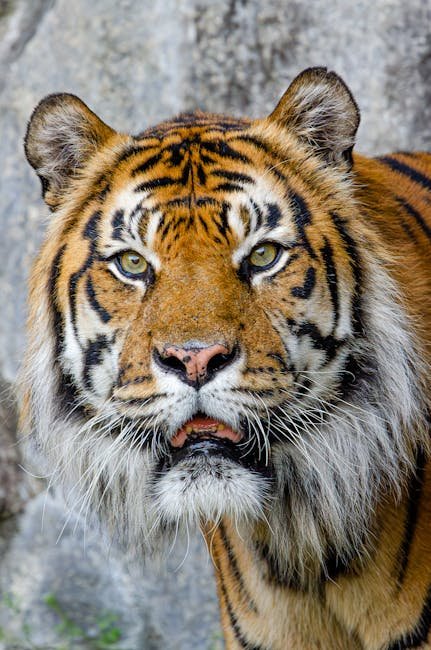
Technology has become a powerful tool in the fight to conserve big cats and their habitats. From GPS tracking collars that monitor movements to drones that survey vast landscapes, technology provides valuable data that aids conservation efforts. These innovations allow researchers to better understand the behavior and needs of big cats, leading to more effective conservation strategies. As technology continues to evolve, its potential to contribute to the protection of big cats and their environments is immense.
Community Involvement in Conservation Efforts
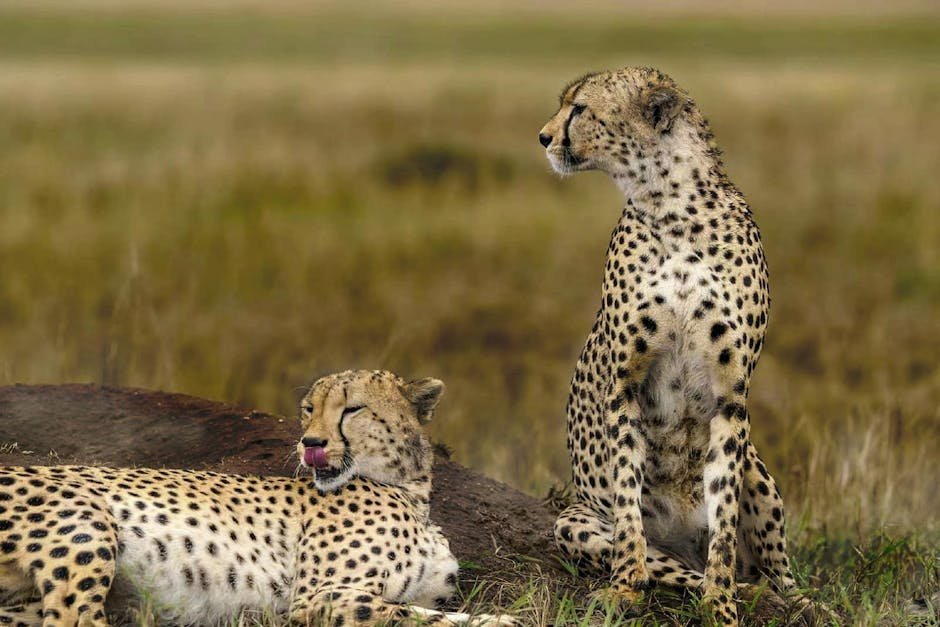
Engaging local communities is crucial in the success of big cat conservation efforts. By involving those who live near big cat habitats, conservationists can foster a sense of ownership and responsibility for the protection of these animals. Community-based conservation programs empower locals to take an active role in safeguarding their natural heritage, often providing economic incentives such as eco-tourism. This collaborative approach not only benefits big cats but also supports sustainable development for human populations.
The Economic Benefits of Big Cat Conservation
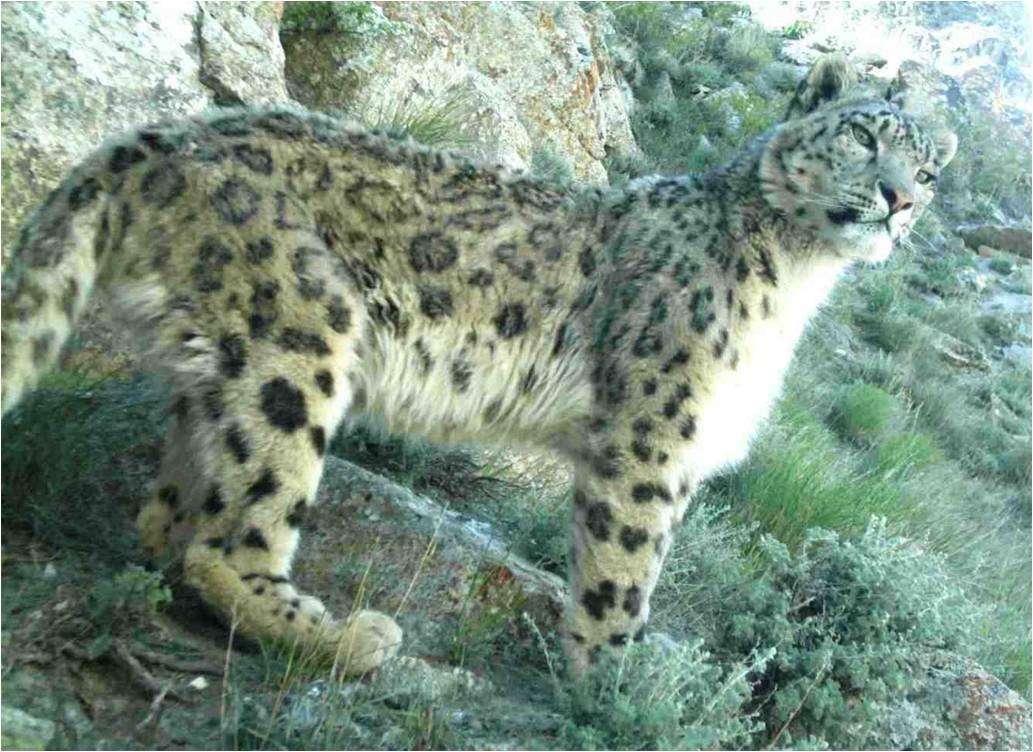
Conserving big cats and their habitats can have significant economic benefits for local communities and countries. Eco-tourism, centered around the viewing and appreciation of these majestic animals, generates revenue and creates jobs. By protecting big cats, regions can attract tourists from around the world, boosting local economies and promoting sustainable development. This economic incentive underscores the importance of investing in conservation efforts, demonstrating that protecting wildlife can be both an ethical and financially sound decision.
Education and Awareness: The Key to Coexistence
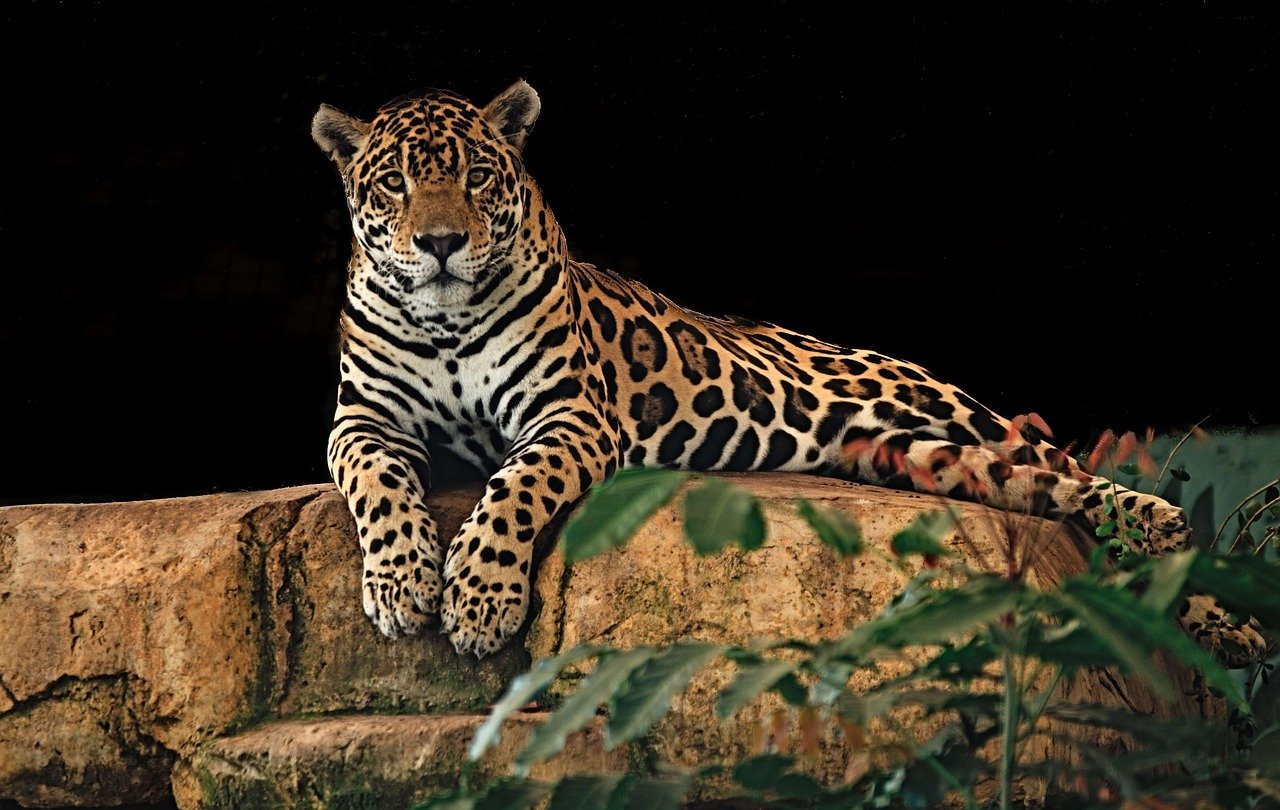
Raising awareness and educating the public about the importance of big cat conservation is vital for fostering coexistence. Through outreach programs, educational materials, and media campaigns, conservationists aim to inform people about the challenges big cats face and the steps needed to protect them. By cultivating a deeper understanding and appreciation of these animals, individuals are more likely to support conservation efforts and adopt practices that minimize human impact on big cat habitats.
The Role of Governments in Big Cat Conservation
Governments play a crucial role in the conservation of big cats by enacting and enforcing policies that protect their habitats. Legislation that establishes protected areas, regulates land use, and combats illegal wildlife trade is essential for the survival of these animals. Governments can also support research and conservation initiatives through funding and collaboration with international organizations. By prioritizing wildlife conservation in their agendas, governments can ensure a future where big cats continue to thrive.
Collaboration Across Borders: A Global Effort

The conservation of big cats is a global challenge that requires collaboration across borders. Many big cat species roam across multiple countries, necessitating coordinated efforts to protect their habitats and ensure their survival. International treaties, cross-border conservation programs, and information sharing are all essential components of this global effort. By working together, countries can address the complex challenges facing big cats and create a unified front in the fight against habitat loss and human encroachment.
The Importance of Genetic Diversity in Big Cat Populations
Maintaining genetic diversity within big cat populations is critical for their long-term survival. As habitats become fragmented, the risk of inbreeding increases, leading to reduced genetic diversity and vulnerability to diseases. Conservation efforts must prioritize the establishment of wildlife corridors and protected areas that connect populations and allow for gene flow. By preserving genetic diversity, conservationists can enhance the resilience of big cat populations, ensuring their ability to adapt to changing environments and threats.
Success Stories in Big Cat Conservation
Despite the challenges, there have been numerous success stories in big cat conservation. From the resurgence of the Amur tiger population in Russia to the establishment of protected areas in Africa that have increased lion numbers, these achievements demonstrate that conservation efforts can yield positive results. These success stories serve as inspiration and proof that with dedication, collaboration, and innovation, it is possible to protect and preserve big cats and their habitats for future generations.
The Future of Big Cats: Hope and Challenges
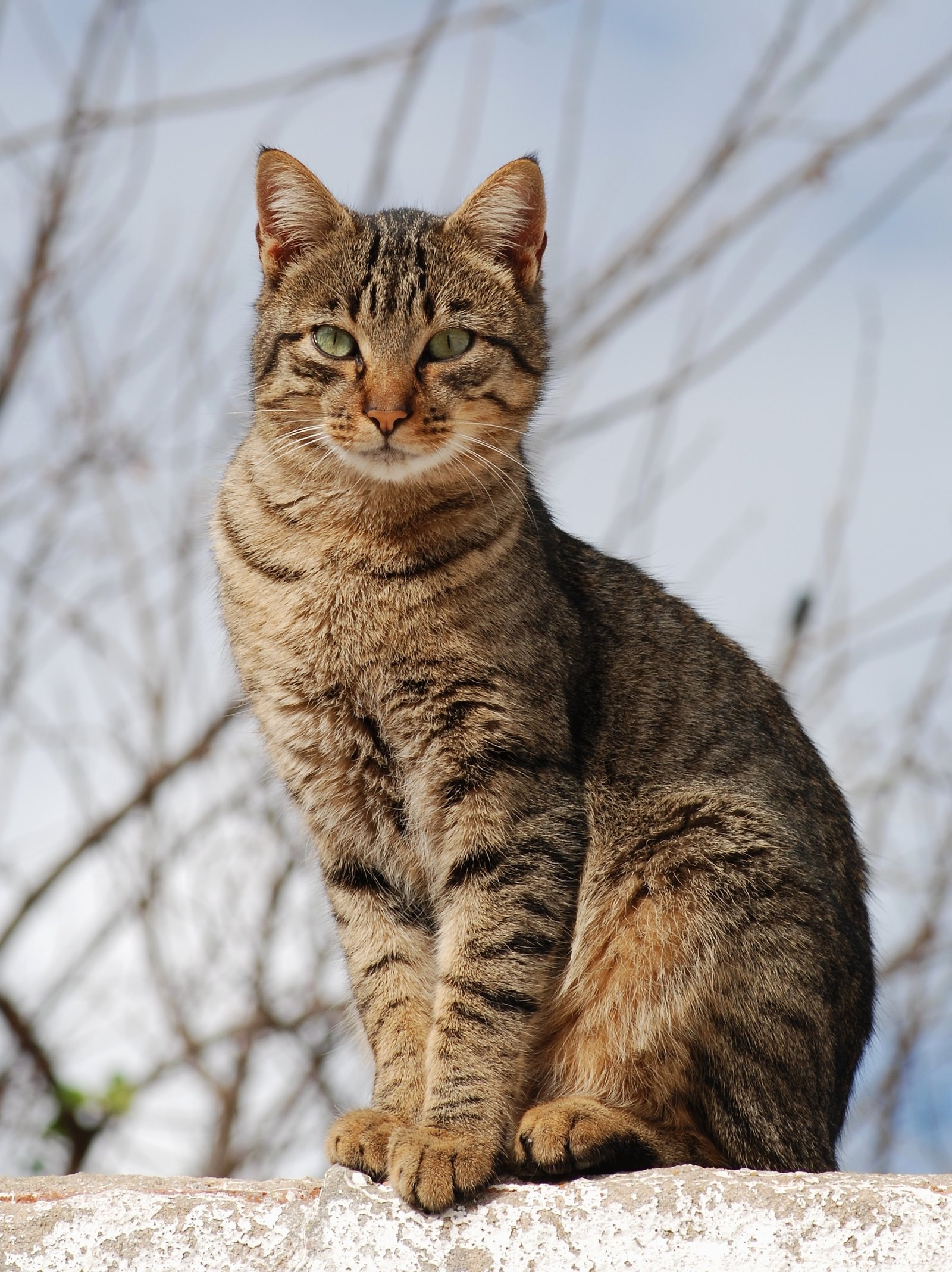
The future of big cats is filled with both hope and challenges. While human encroachment and environmental changes pose significant threats, the dedication and passion of conservationists, communities, and governments offer hope for their survival. By continuing to prioritize conservation efforts, embracing new technologies, and fostering global collaboration, the outlook for big cats can be brightened. It is up to all of us to ensure that these magnificent animals continue to roam the wild landscapes they call home.
Through understanding and action, we can create a world where big cats and humans coexist in harmony, ensuring that these awe-inspiring creatures continue to captivate and inspire future generations.
Hi, I’m Bola, a passionate writer and creative strategist with a knack for crafting compelling content that educates, inspires, and connects. Over the years, I’ve honed my skills across various writing fields, including content creation, copywriting, online course development, and video scriptwriting.
When I’m not at my desk, you’ll find me exploring new ideas, reading books, or brainstorming creative ways to solve challenges. I believe that words have the power to transform, and I’m here to help you leverage that power for success.
Thanks for stopping by, Keep coming to this website to checkout new articles form me. You’d always love it!






